I am interested in exploring new, non-petroleum-based materials, but there are a few reasons we use vegetable-tanned leather right now.
One, our workshop (which is our garage, and is very space-limited) is tooled up with hand tools specifically for working with vegetable-tanned leather. We haven't found a material that has the same features as this leather that we can use with our existing toolset.
Two, I really like working with leather as a lifetime material that gets better with age, as well as its unique textural combination of both pliability and structural integrity.
Three, I like using leather because it is a byproduct of another industry. Only a small fraction of cattle hides get tanned into leather. I feel strongly about using USDA beef cattle hides, because if they don't get used, they will simply get landfilled.
Four, I also feel strongly that they are vegetable-tanned in the USA, where tanneries must follow more stringent US environmental laws, and plant tannins such as bark from woodmills are used in the tanning process. That's why all the vegetable-tanned leather I use comes from 100% US-tanned leather made with USDA beef cattle hides.
This is also why I do not use chrome-tanned leather ("garment leather"), which is tanned with toxic chemicals including mercury and chromium sulfate and often made in countries without the protection of US environmental laws. It would provide more color options, but at an environmental cost.
For those with ethical concerns, we are able to make some (not all) of our products out of entirely scrap materials from our workshop, which will ensure that no leather was purchased for your product and verifiable diversion of waste material. If you ever want to purchase one made out of scrap material, please email me and I'll let you know if we have the scrap available.

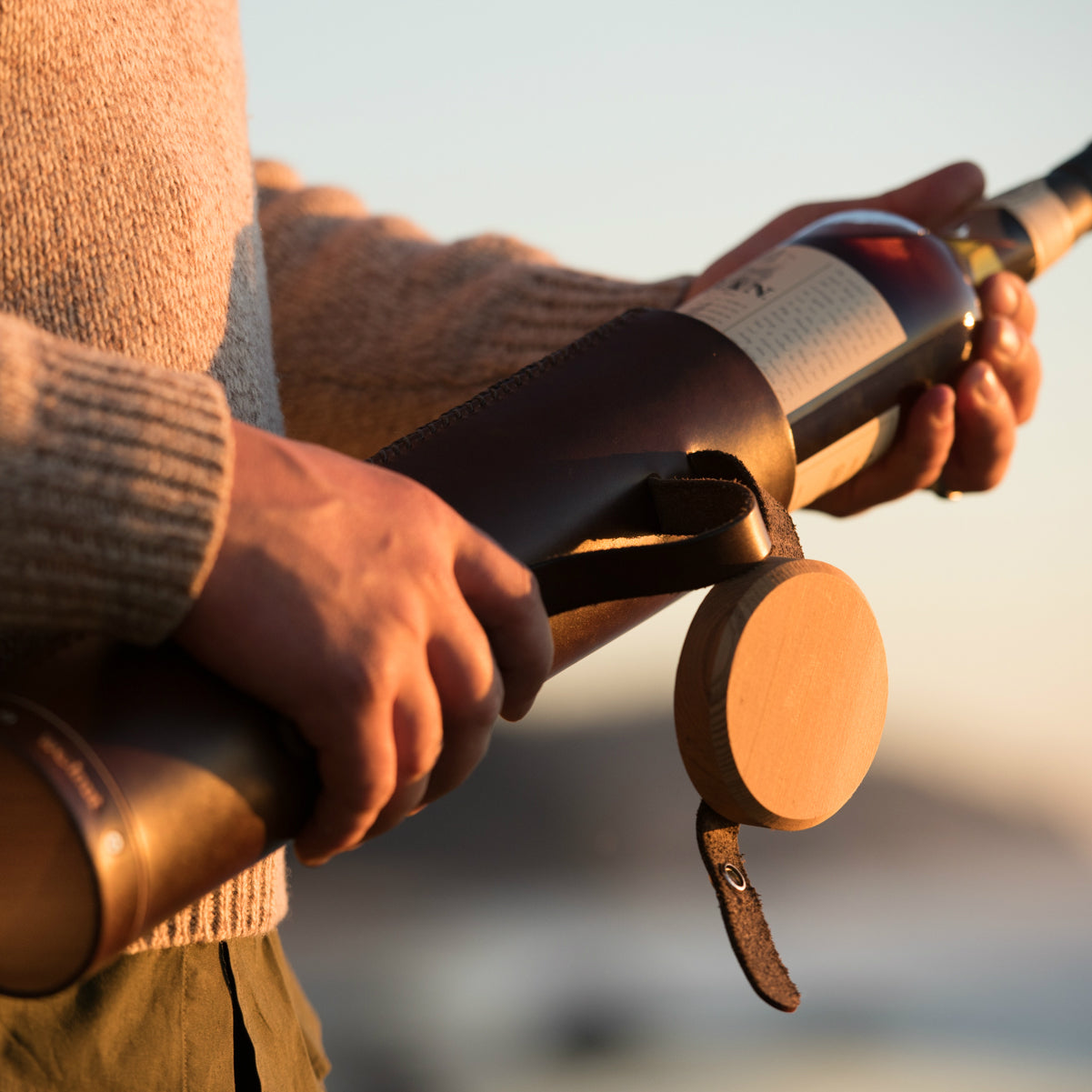
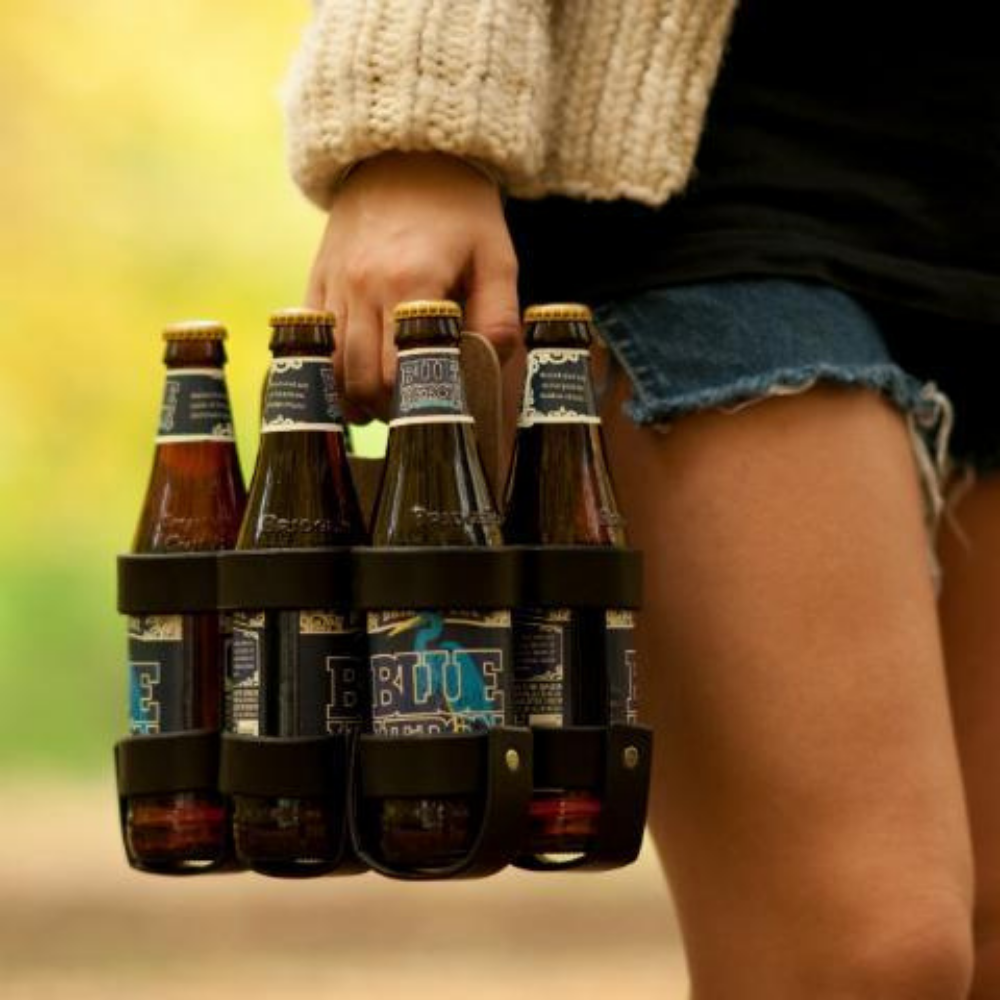
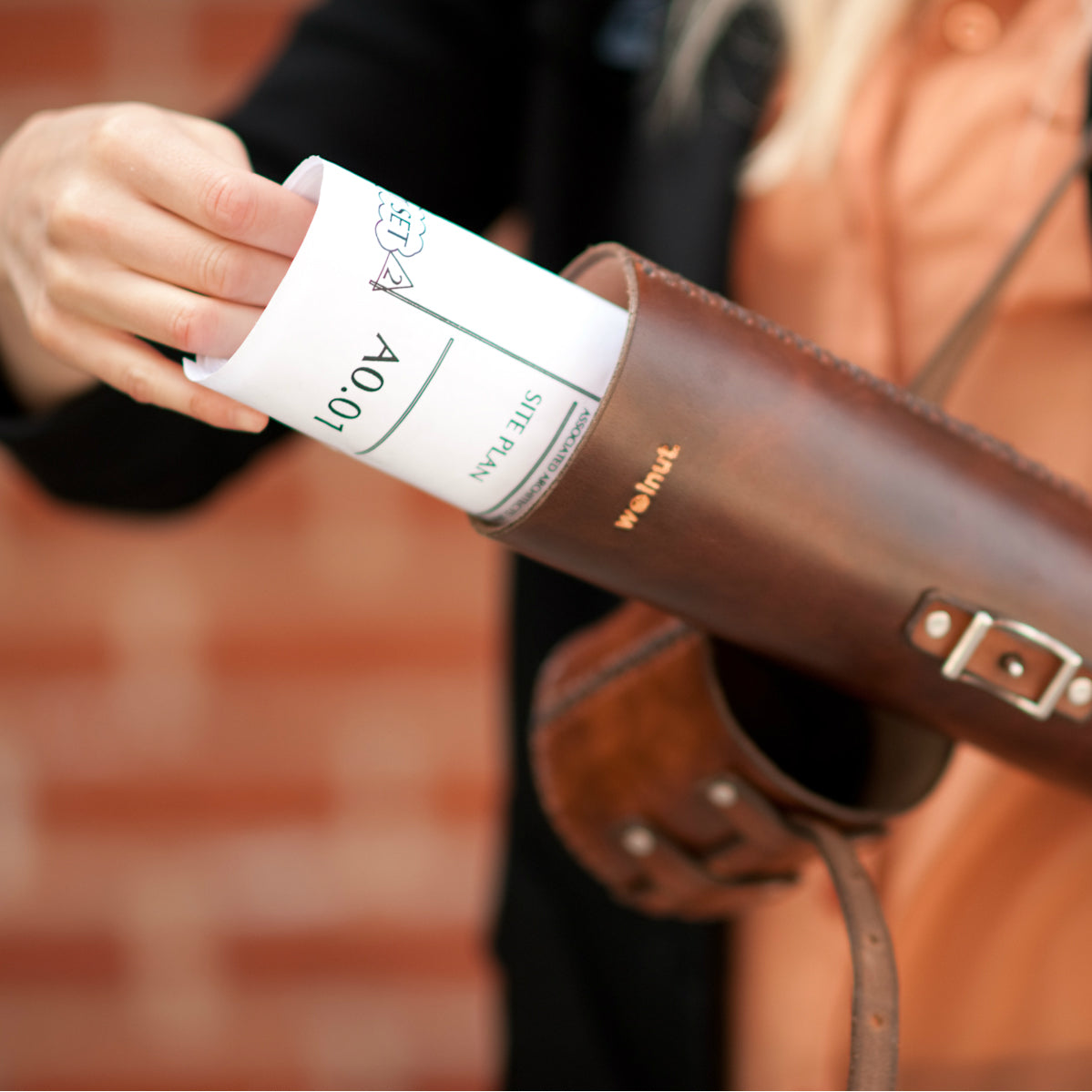
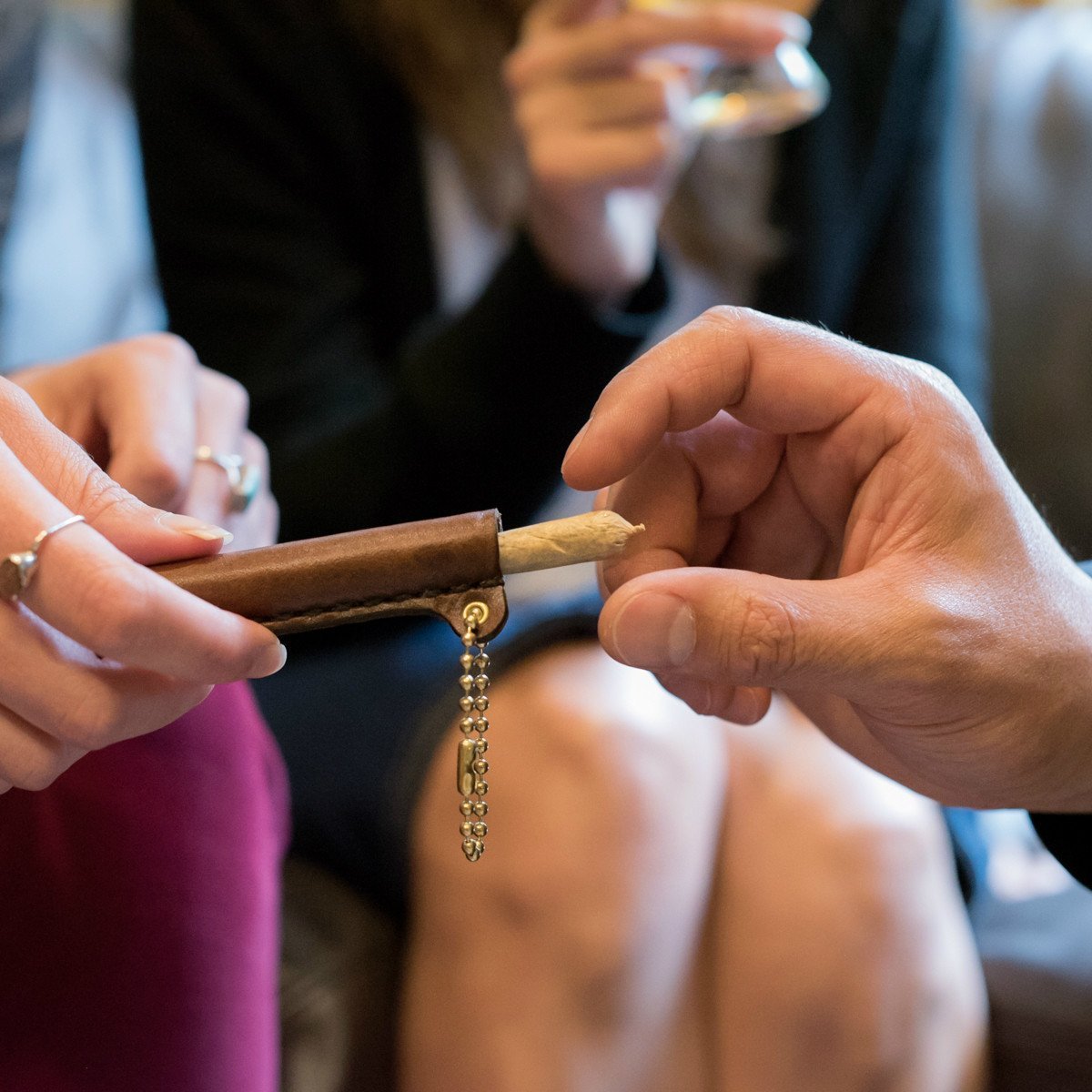
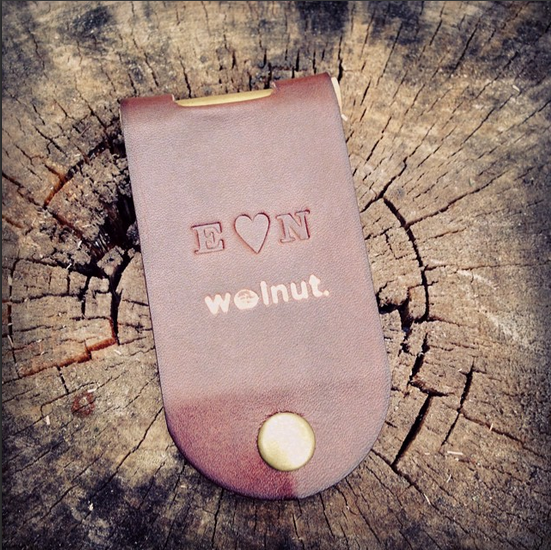

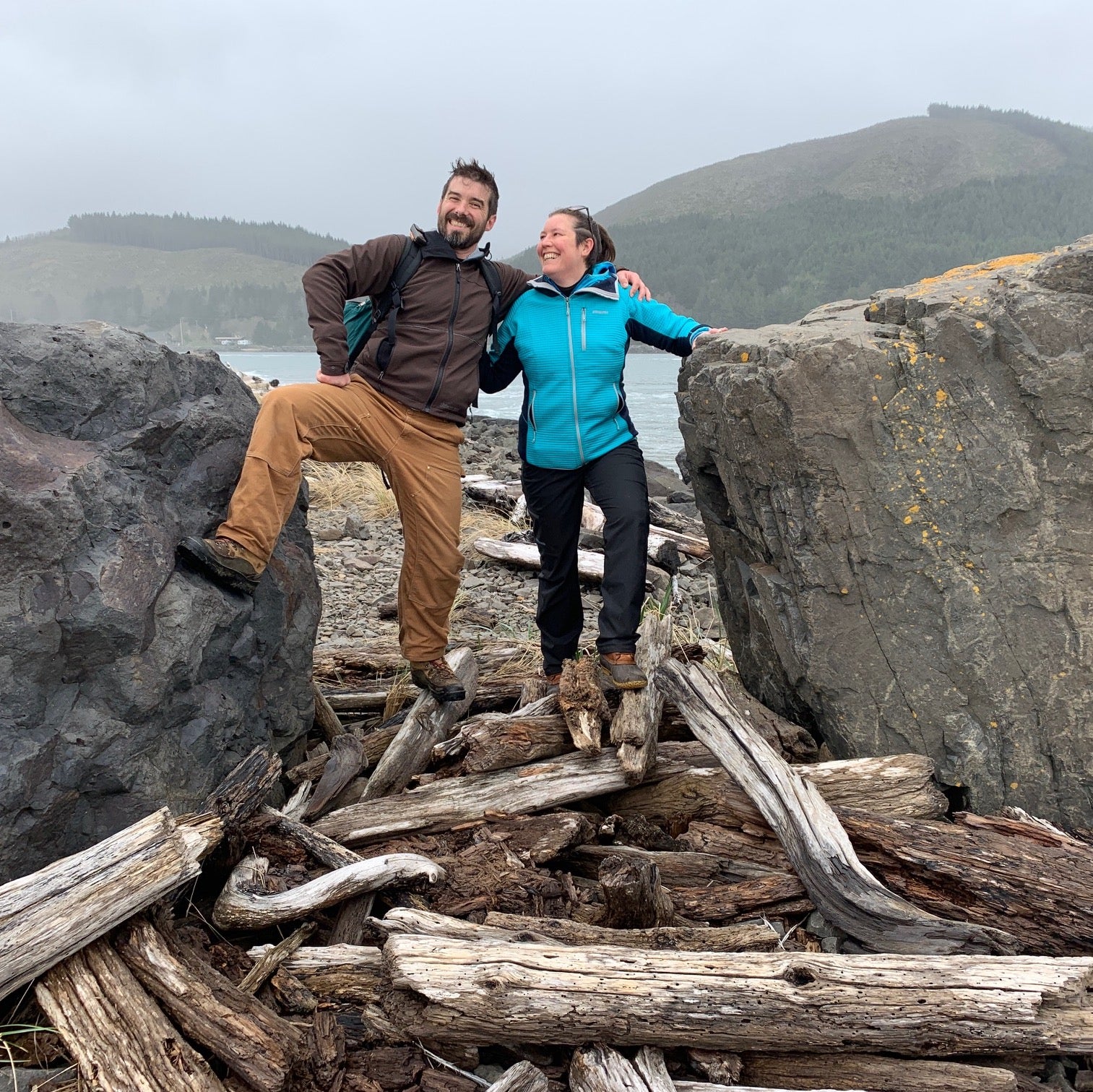
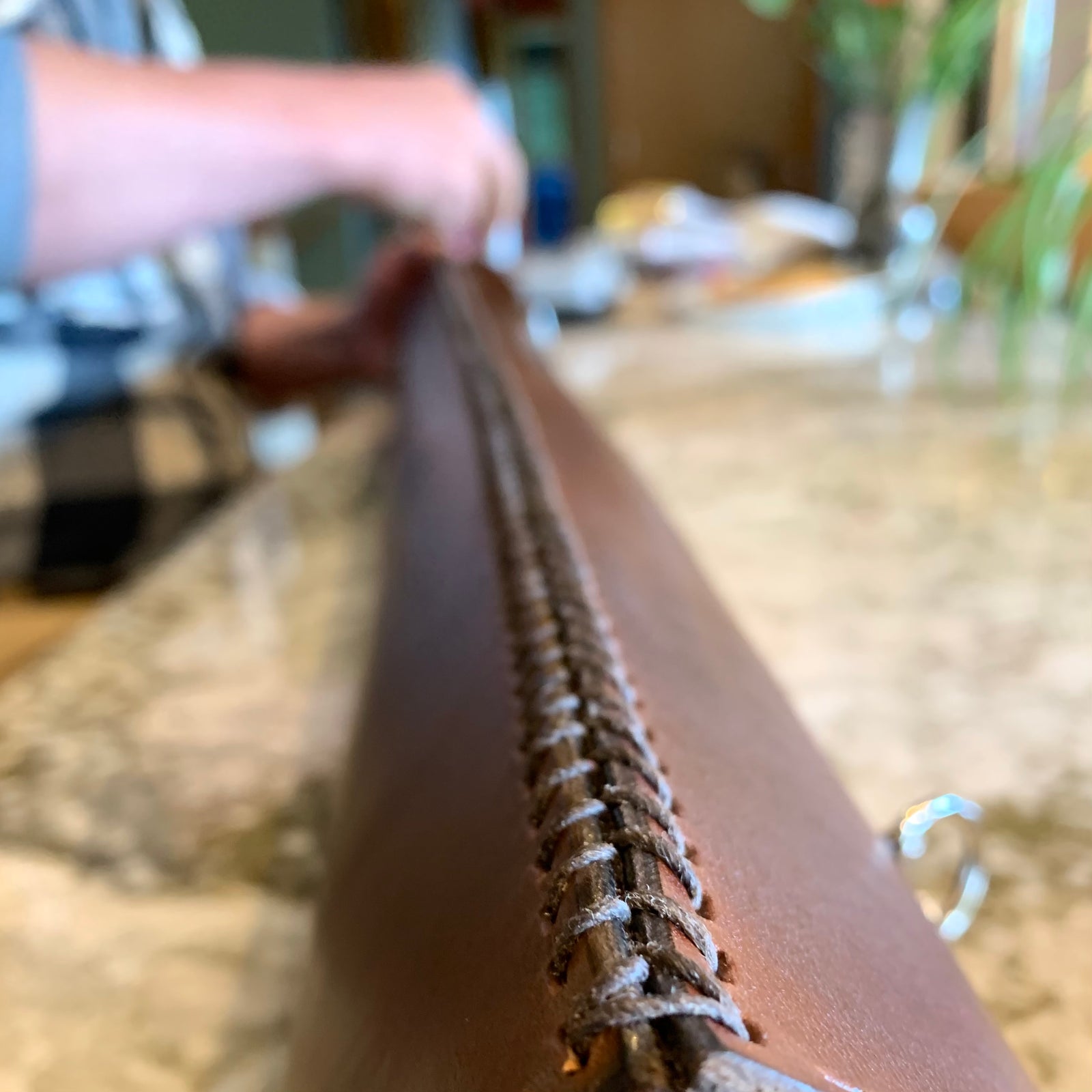
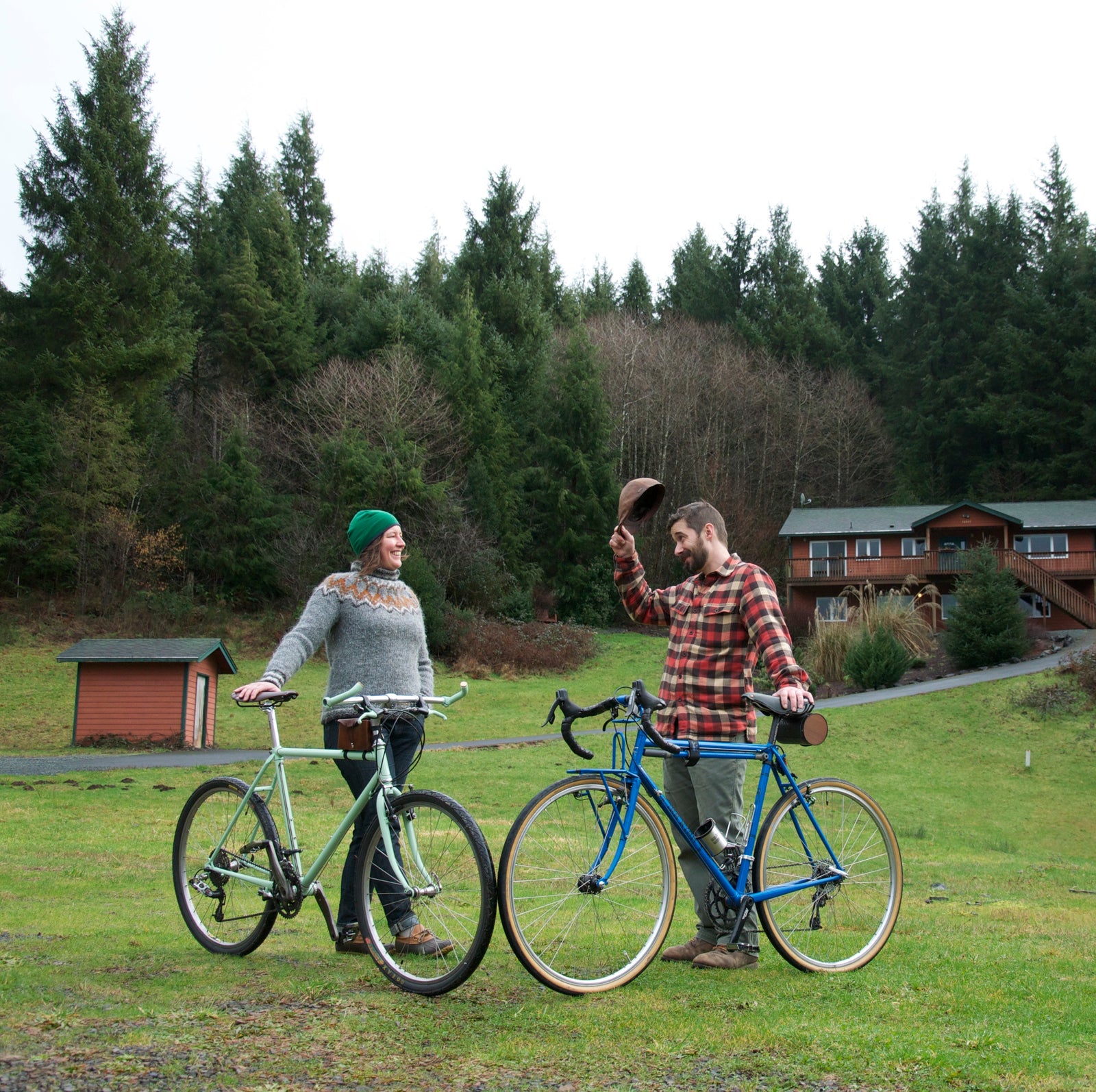

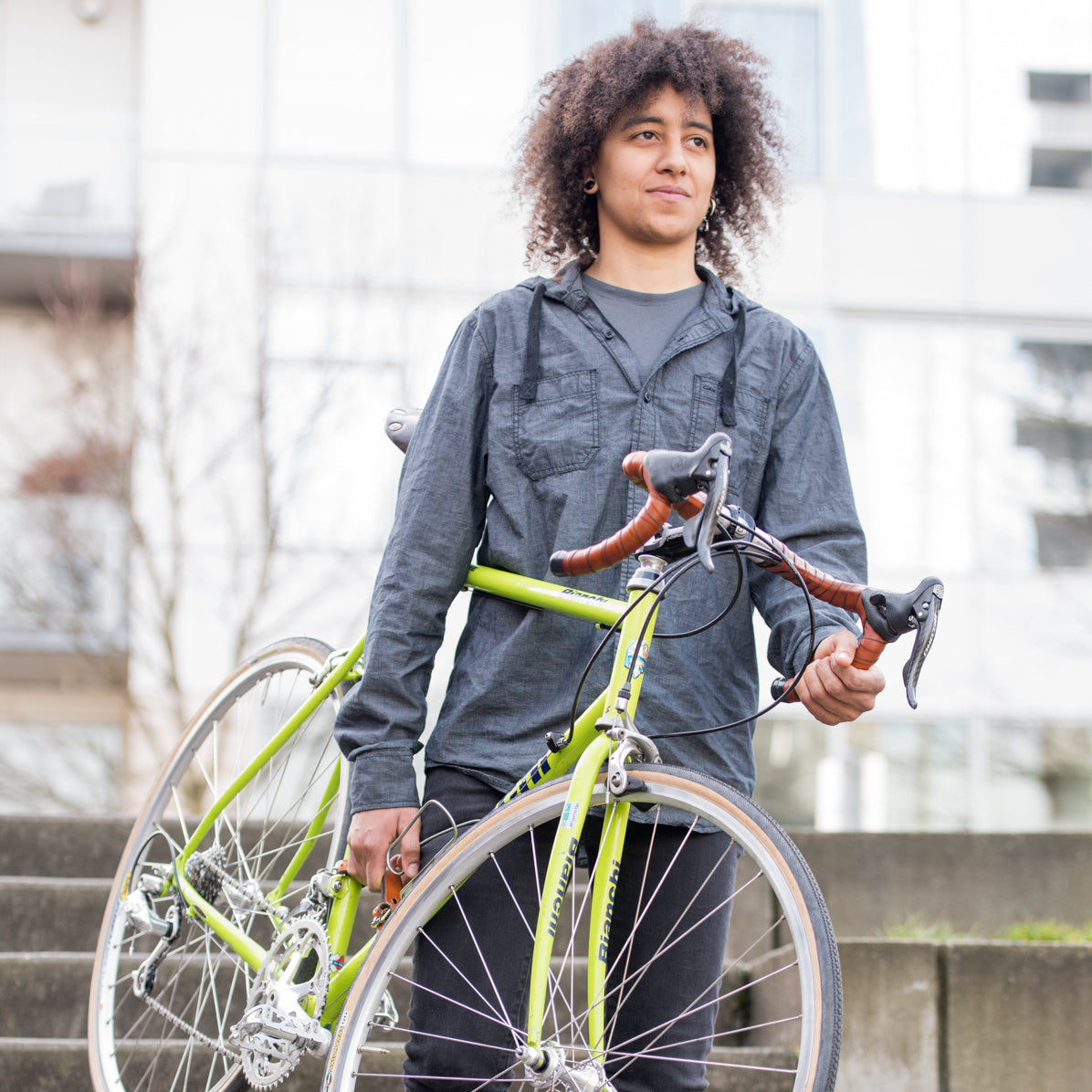
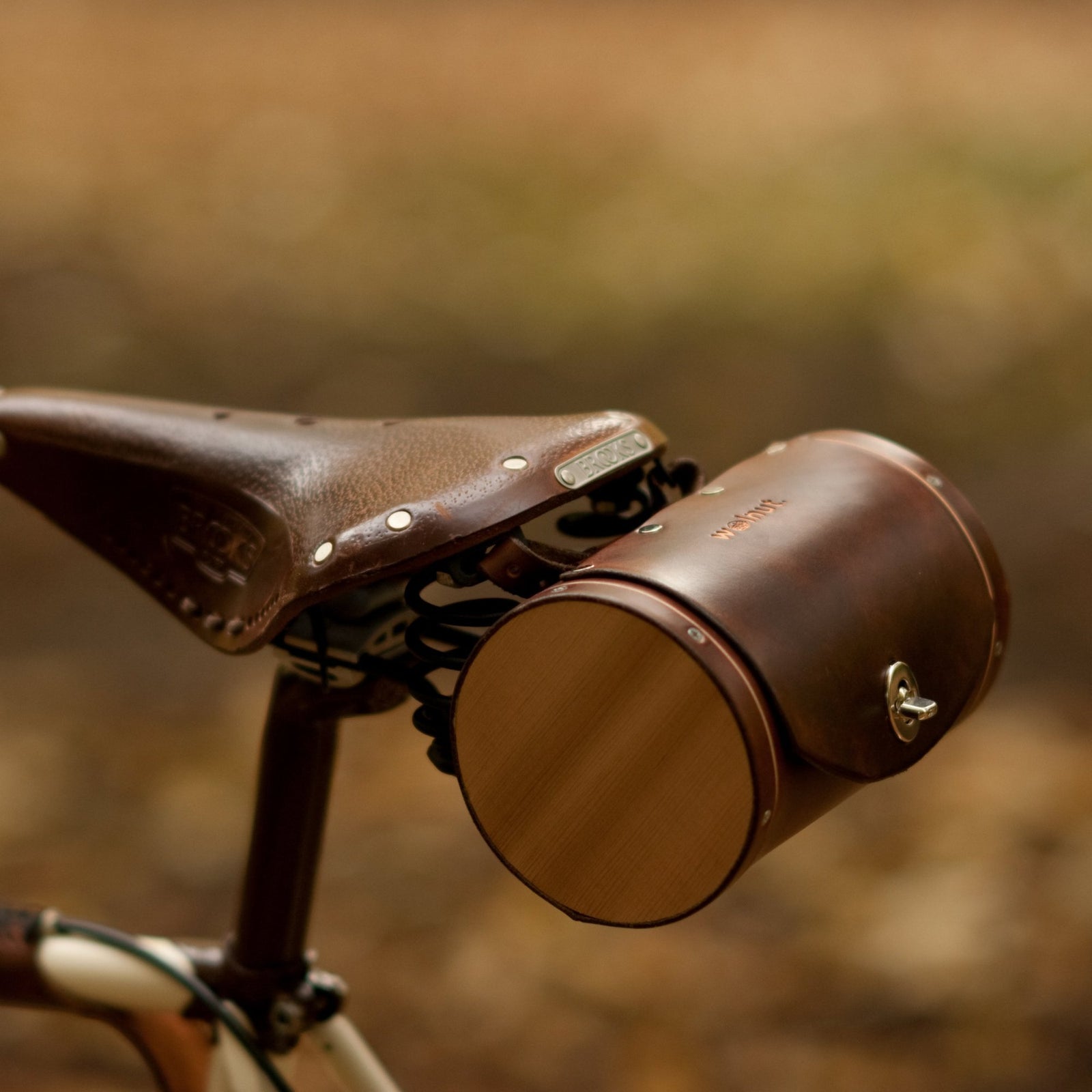
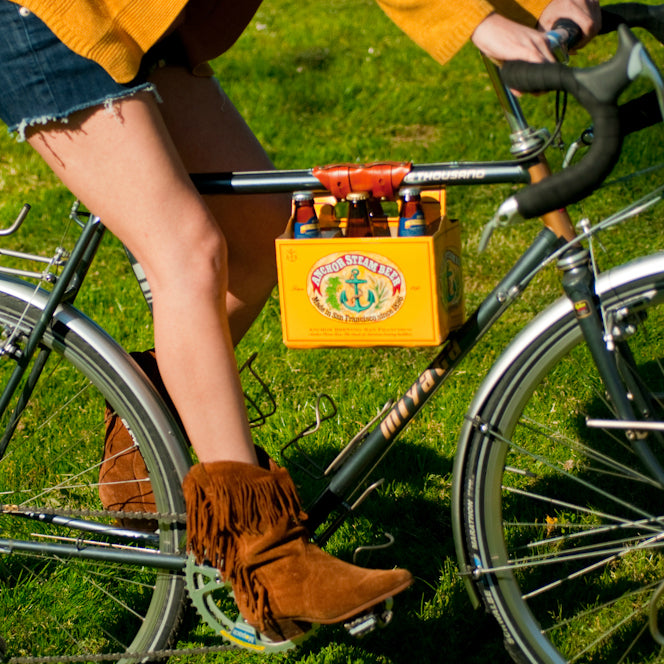

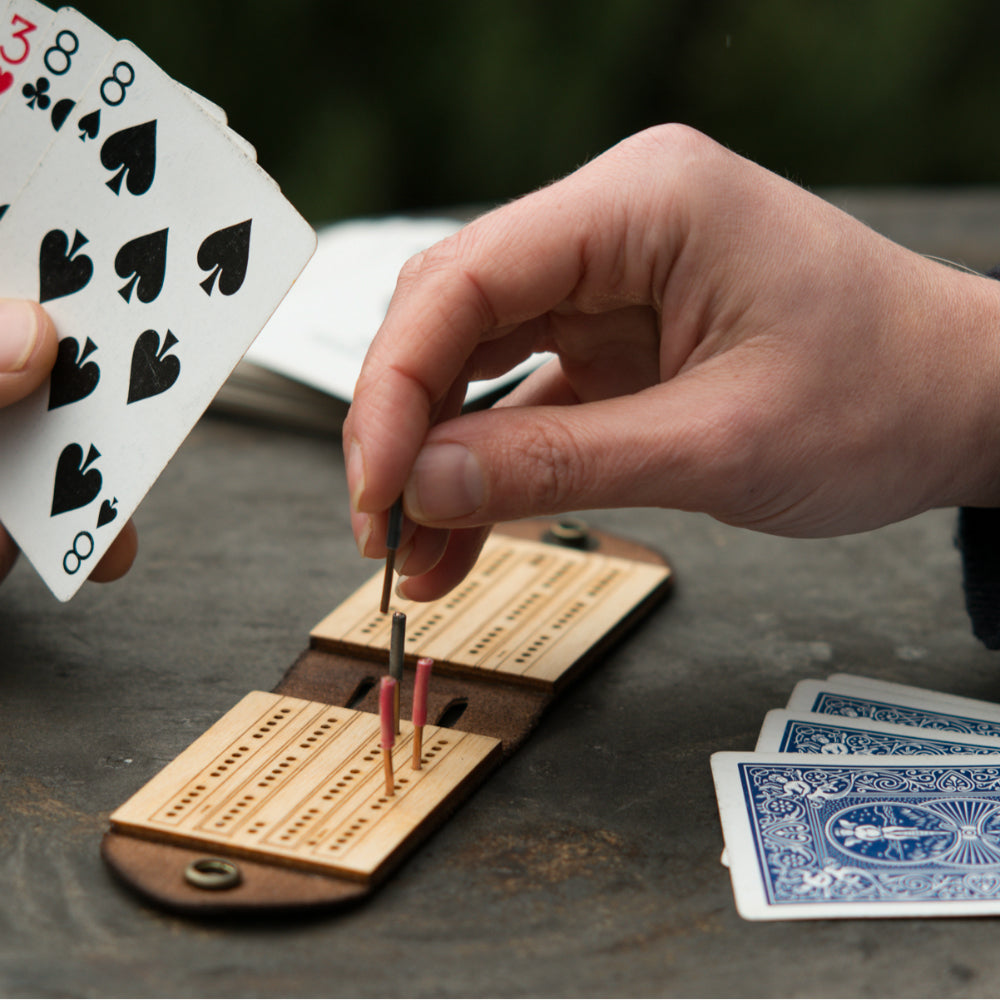
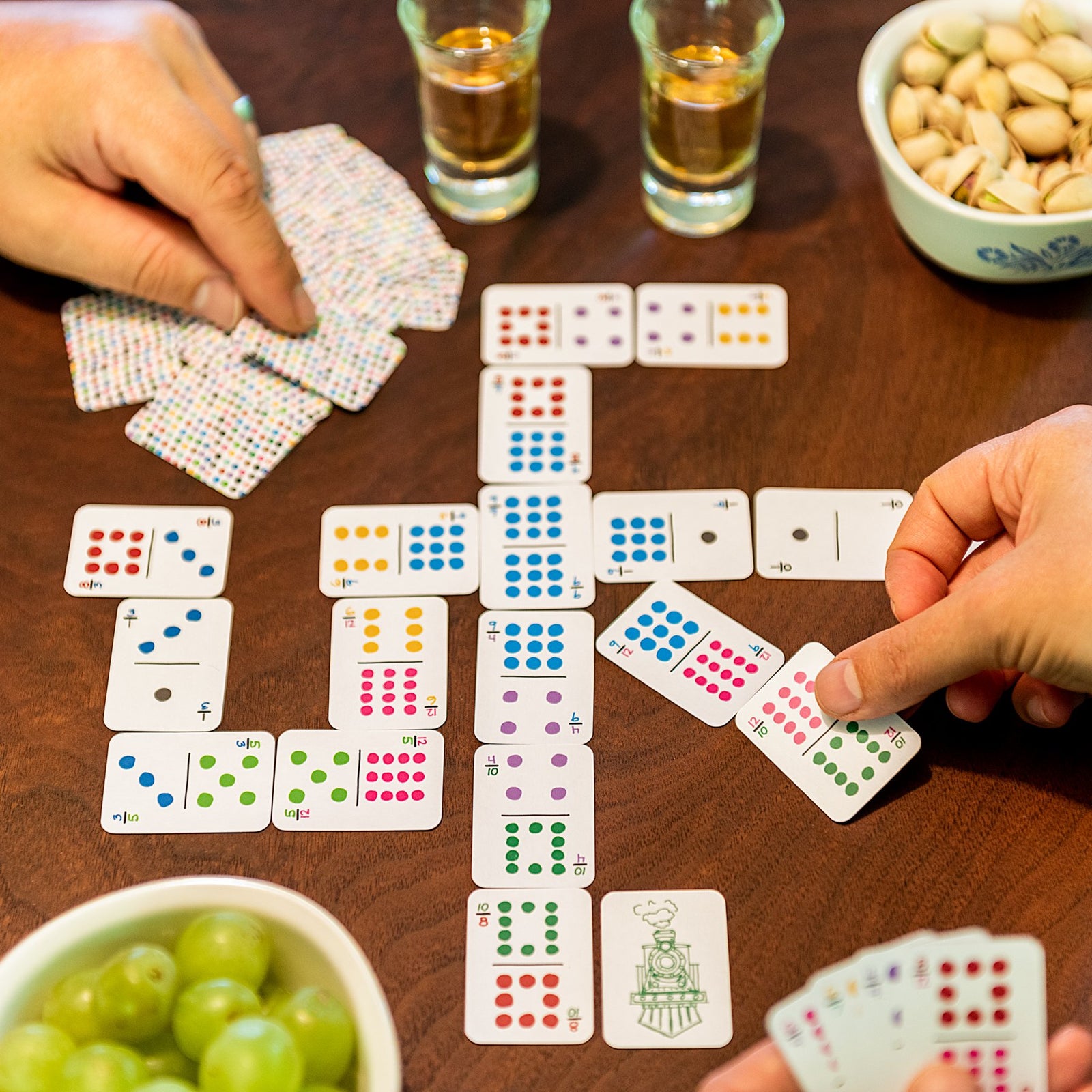


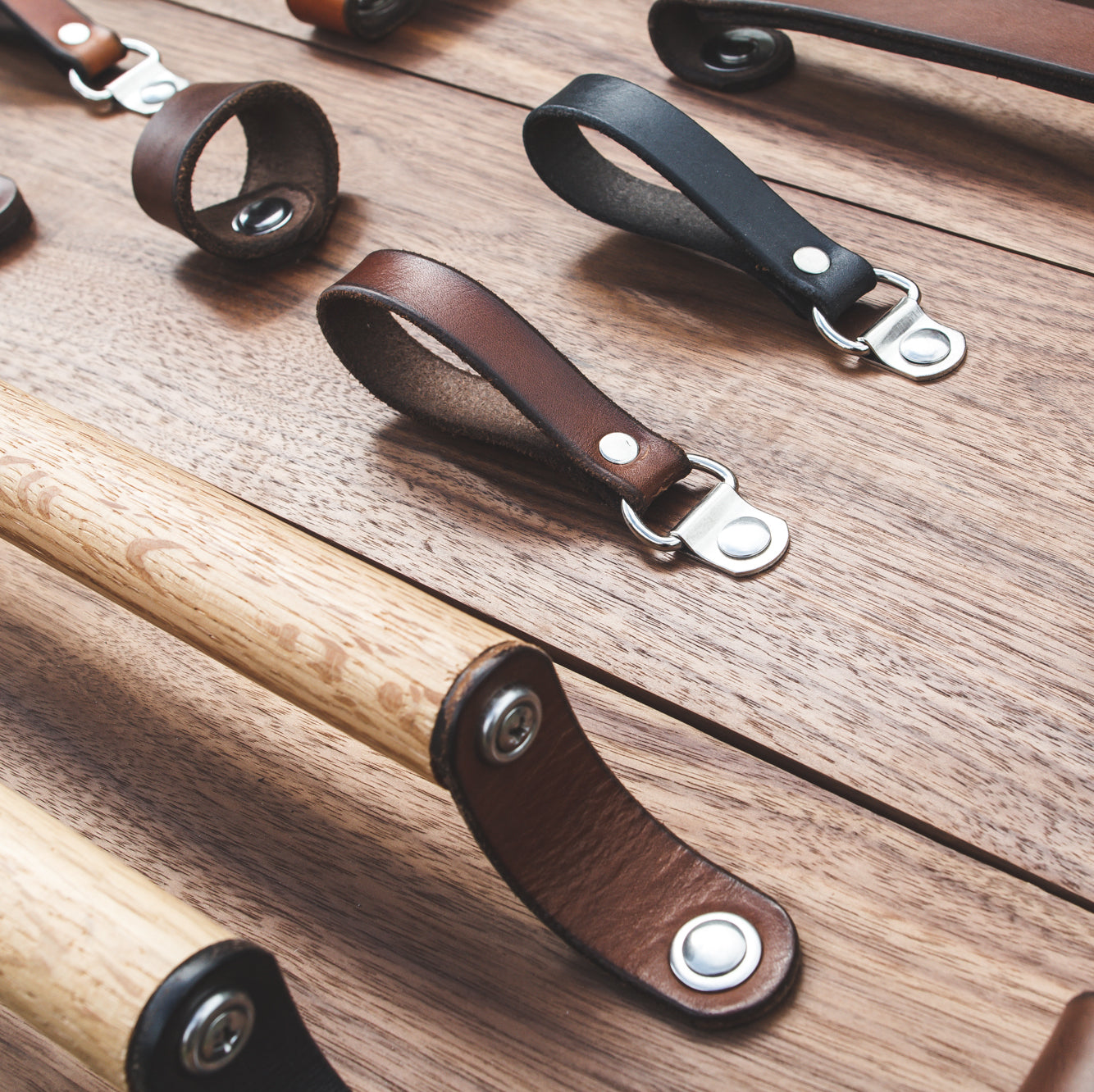
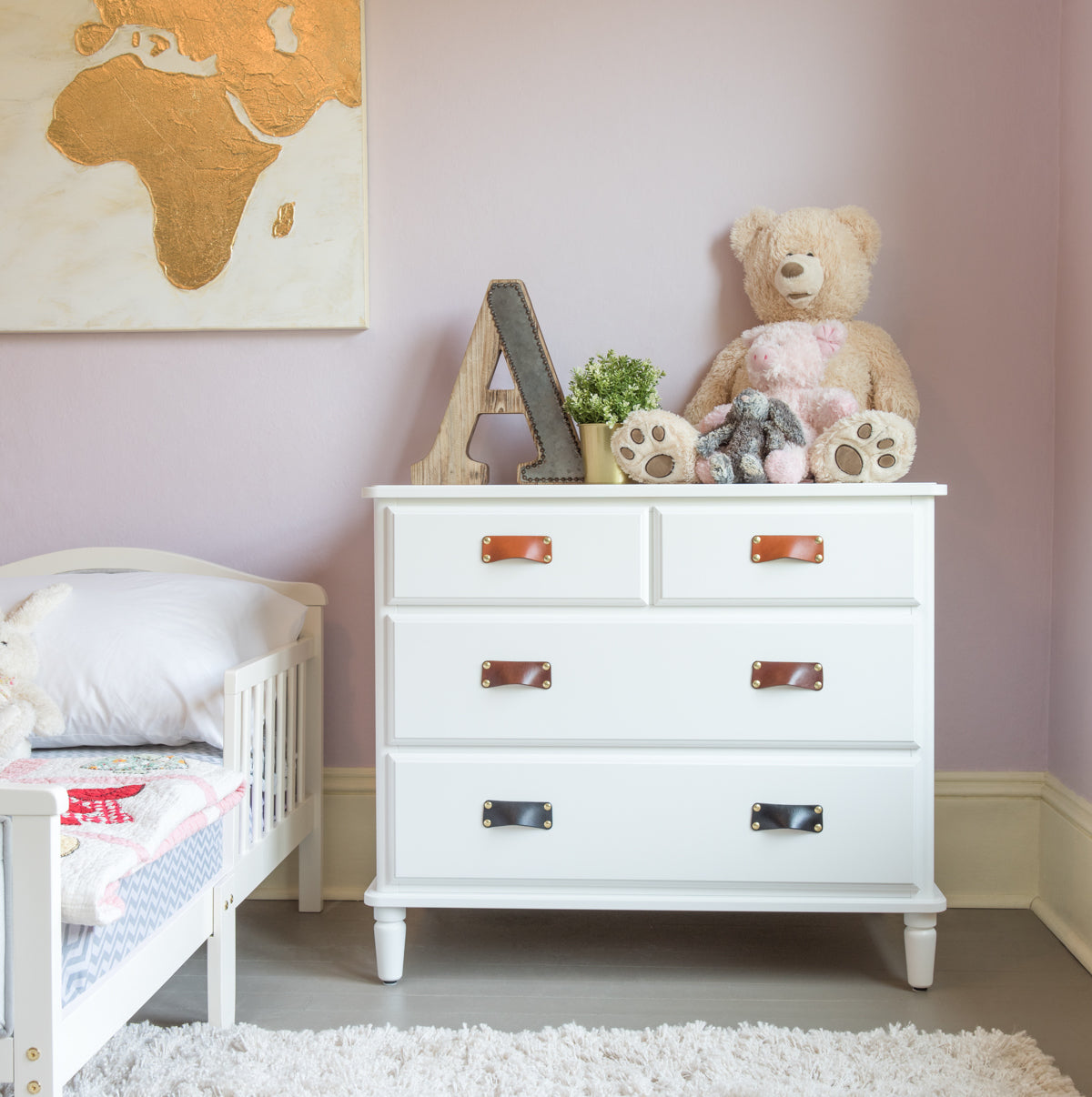

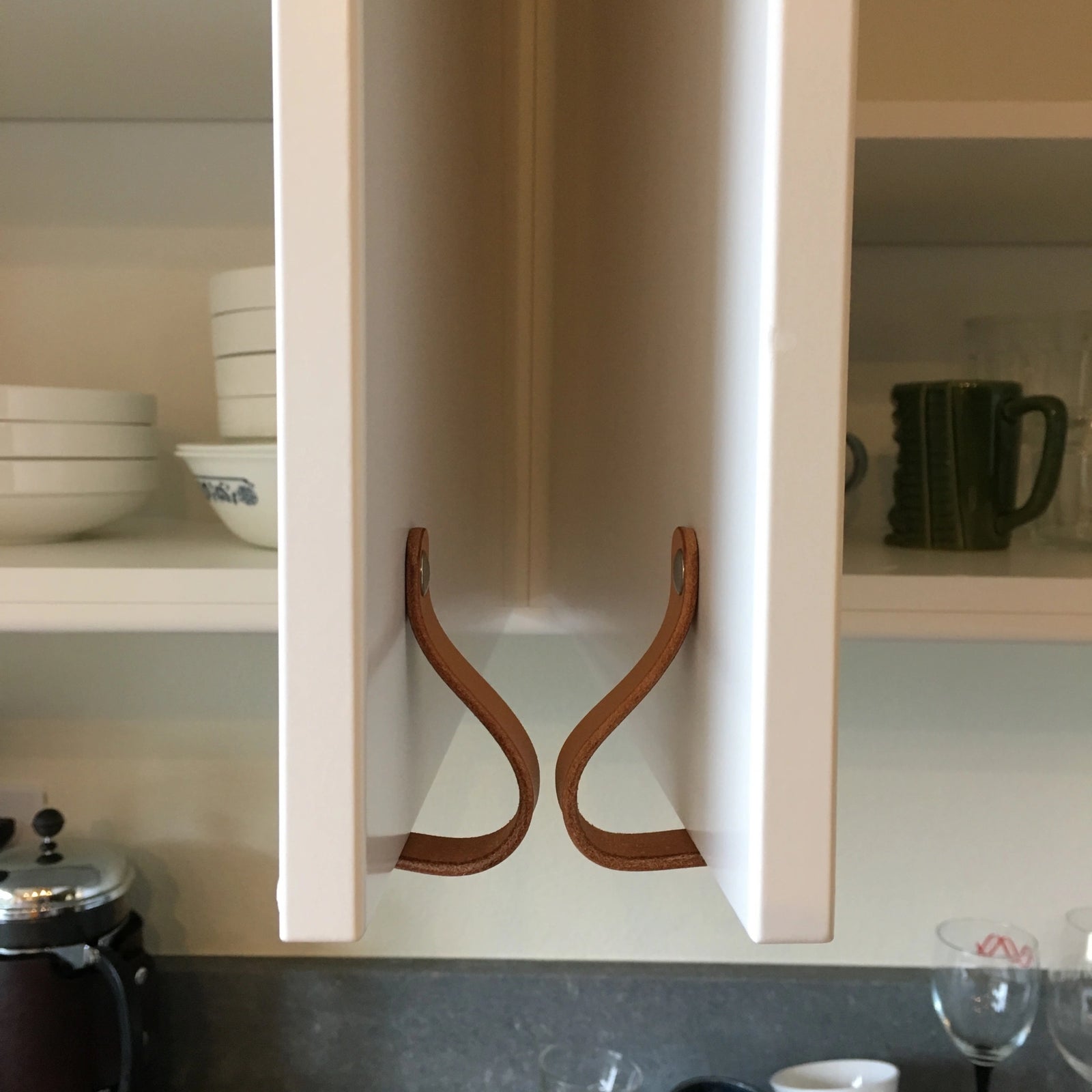








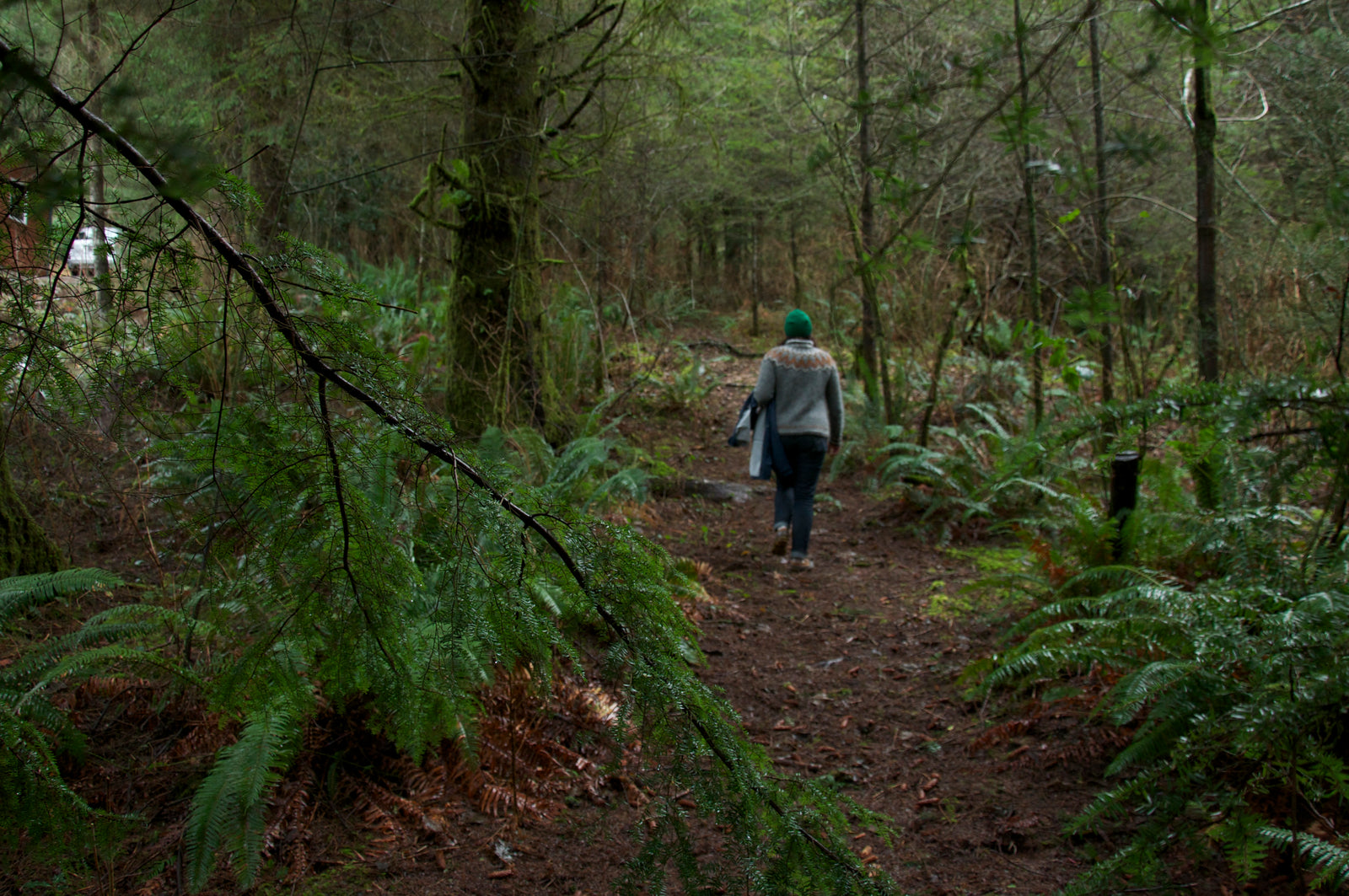
walnutstudiolo
July 11, 2023
Hi Grace,
That’s a great question. We source ours from our local leather store, Oregon Leather, which has locations in Oregon and Washington. You might check with your local store – ask for Hermann Oaks Tannery: http://www.hermannoakleather.com/about/find-a-distributor
Happy crafting!